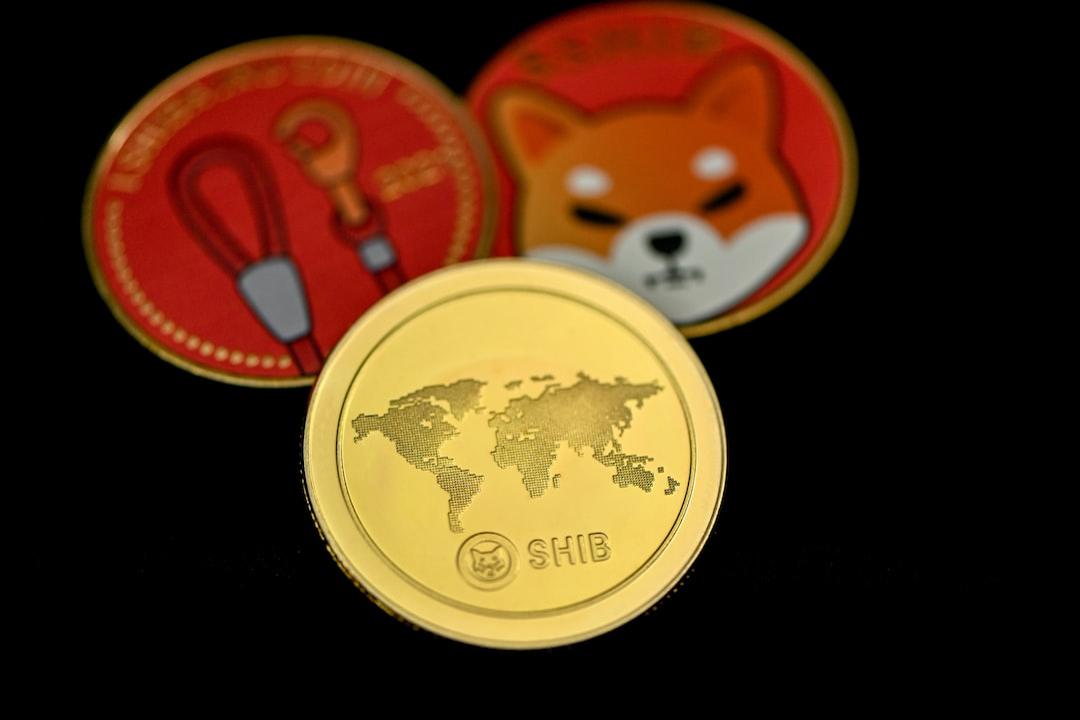Last weekend, I completed a live broadcast course, “First Lesson on Transitioning to Web3 Development”. In the following days, the content of this lesson was split and re-recorded into 7 shorter videos, which were successively released on platforms such as Bilibili, Video Number, TikTok, and Zhihu.
Bilibili has subtitles, while other platforms do not. If you enjoy watching on Bilibili, you can search for “Transitioning to Web3 Development First Lesson” to find this video course, or you can directly search for my name, “Keegan小钢”.
For the convenience of readers who prefer to read articles, I have started to release graphic and text versions. The graphic and text version of the second section “What is Web3” has been released, following the previous graphic and text version of the “Self-Introduction” section.
“What is Web3” graphic and text version

Hello, I am “Keegan小钢”, and we are continuing the “First Lesson on Transitioning to Web3 Development”. Next, let’s talk about Web3. The first question is, what is Web3? Many people are actually quite vague about the concept of Web3, such as, what is the relationship between Web3 and Web3.0? Is the consortium chain Web3?
I have previously published an article on “What is Web3” to express my views. You can click on the article to view it. Here is a brief summary.
Regarding the question of what Web3.0 is, there is currently no standard definition, but the mainstream idea is twofold: the first represents the semantic web, and the second represents a decentralized network.
The semantic web is an intelligent network concept proposed by Tim Berners-Lee, the father of the World Wide Web, in 1998.
At that time, the concept of Web3.0 did not exist. It was not until 2006 that an article in the “International Pioneering Forum” described what Web3.0 would be like. Since then, the semantic web has been equated with the concept of Web3.0.
The Web3.0 based on the concept of the semantic web is characterized by being “readable, writable, and executable”, and the subject of reading, writing, and execution becomes machines.
In 2014, Gavin Wood, co-founder of Ethereum and founder of Polkadot, published an article “DApps: What Web 3.0 Looks Like” on his blog, presenting a new perspective on Web3.0, which is a decentralized network based on blockchain.
This is the second definition of Web3.0, and the interaction mode is “readable, writable + ownership”, which means that users have ownership of their data.
The Web3.0 based on the semantic web is actually based on artificial intelligence. However, the development of artificial intelligence has not yet reached the corresponding level, so there has not yet been a large-scale deployment and use, and it has not formed an ecosystem.
On the other hand, the Web3.0 based on a decentralized network using blockchain emphasizes decentralization. The goal is to enable individuals to control their own data and digital rights, achieving a more secure, transparent, and trustworthy interaction. Currently, many related products and Dapps have been born, and the ecosystem has taken shape.
The concept of Web3 we are talking about now actually refers to the meaning of a decentralized network in Web3.0.
Regarding these two meanings, we can also see them on Wikipedia:

It can be seen that Web 3.0 first refers to the semantic web, and the second refers to Web3, a decentralized network based on blockchain. Here, it refers to public blockchains, which are public chains.
So, in order to distinguish it from the meaning of the semantic web in Web3.0, we usually use the term Web3 to refer to the meaning of a decentralized network in Web3.0. In this way, there will be no ambiguity with the meaning of the semantic web.
This answers the question of “what is the relationship between web3 and web3.0”.
Then there is another question: Is the consortium chain Web3?
We can find the answer to this question from the characteristics of Web3.
It is now generally recognized that Web3 should at least have the following characteristics:
Based on blockchain
Decentralized
Trustless
Permissionless
Incentive mechanism with token economy
Digital ownership
From these characteristics, it can be seen that the consortium chain actually only meets the first characteristic, and the rest are not met, so the consortium chain is not recognized by Web3.
In summary, the main goal of Web3 is to solve the issue of user data ownership, using blockchain as the underlying technology, combining the token economic system as an incentive mechanism, using digital tokens as the carrier of data value, and achieving decentralized ownership.
OK, the above is about the question of what is web3.
Tags
Keegan小钢
WEB3
Note: All articles only represent the author’s views and do not constitute investment advice.
Original link: https://www.bitpush.news/articles/6907049
Related news
Everyone says to buy the dip, but what is the correct way to buy the dip?
Exclusive interview with Mysten Labs co-founder: L2 has no value
Hack VC partner: 8 real advantages of AI+Crypto
Nearly 500 projects competed for 8 years to produce a unicorn, is Web3 Social Summer coming soon?
Self-description: The survival of a Chinese DAO for two years, how did it survive when the treasury was on the verge of exhaustion?


